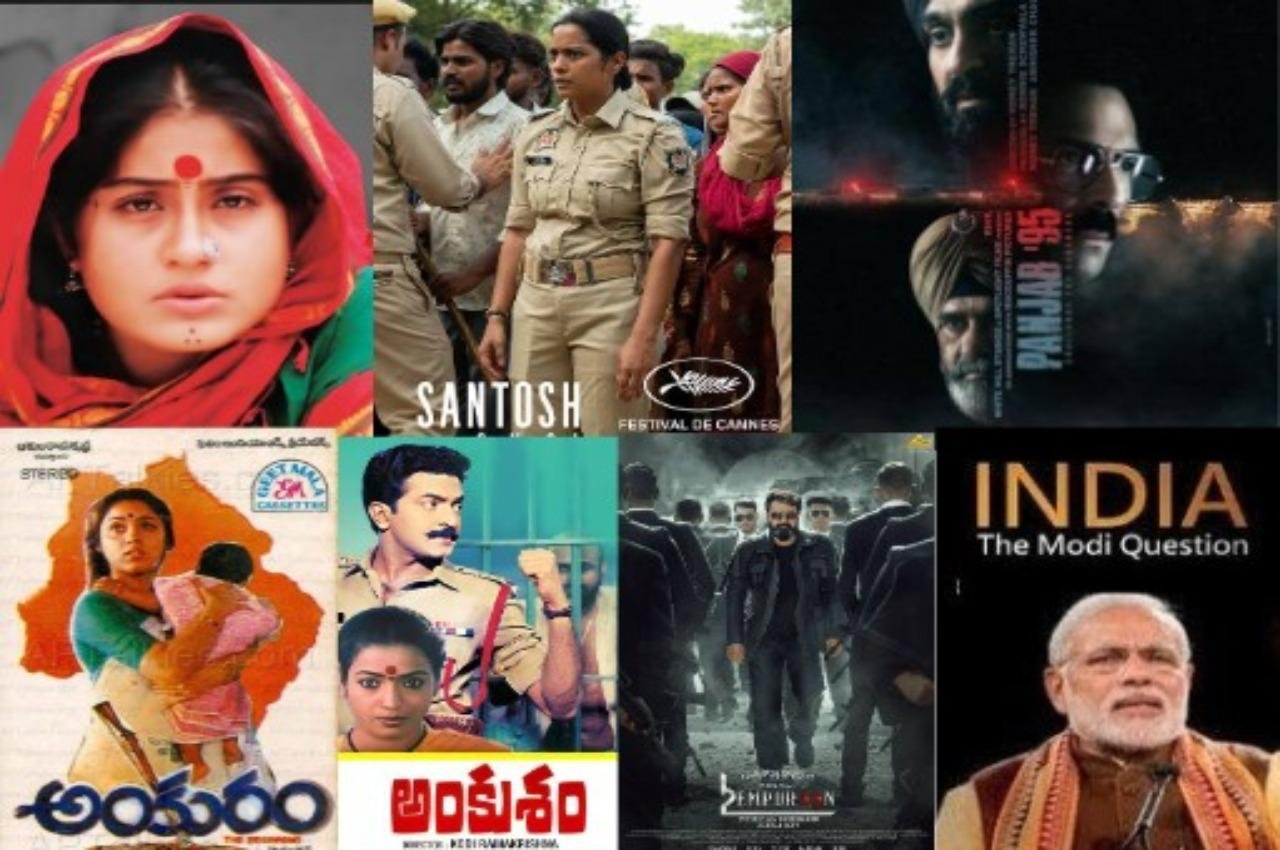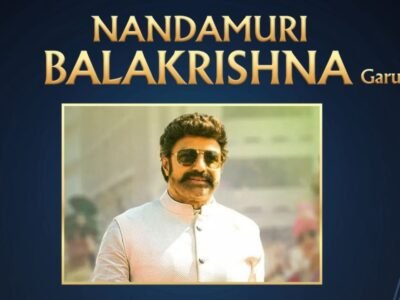Silenced Reels: The Politics of Indian Cinema
Cinema, at its best, is not merely entertainment. It is a mirror, a question, sometimes even a wound reopened for a society to confront. But what happens when that mirror is turned away, when questions are silenced before they can echo, and wounds are forced shut with censorship scissors?
This is the uncomfortable space Indian cinema finds itself in today. A place where films are not only judged by the quality of their storytelling but also by their alignment—or misalignment—with dominant political and cultural narratives.
A recent comment by actor Manoj Bajpayee has reignited this conversation. When asked whether films like Kabir Singh—often slammed for glorifying toxic masculinity—deserve to exist as they are, he gave a simple but piercing answer: if you demand bans on films you dislike, another group may demand bans on films you admire. And then, what remains of cinema?
His point was not about defending a particular film, but about the broader principle: the freedom of storytelling. And once you look closely at the films that never made it to our screens, a troubling pattern emerges.
The silenced screen: Films that never found their audience
Over the past decade, several films—whether documentaries, dramas, or feature-length explorations of uncomfortable truths—have been banned, denied certification, or quietly blocked from release.
The Anthem of Kashmir (Short Film): A raw and intimate portrayal of abuses in Kashmir, it never saw public release. No official reason was provided, leaving silence as the only explanation.
India: The Modi Question (BBC Documentary): In two parts, it traced Narendra Modi’s political journey: the Gujarat riots of 2002, the revocation of Kashmir’s autonomy, the Citizenship Amendment Act, and the Delhi riots of 2020. Its use of the term “ethnic cleansing” was enough to trigger outrage, and soon after, it was banned from streaming in India.
Santosh: A hauntingly realistic film about caste discrimination, misogyny, and the rot within India’s policing system. Critics who watched it at international festivals hailed it as fearless and necessary. Yet the CBFC denied it a theatrical release, effectively erasing its chance to reach the public it was meant to stir.
Punjab ’95: Based on chilling reports of more than 25,000 extrajudicial killings in Punjab, it stood as a cinematic act of remembrance. It is a true story of the life of prominent Sikh human rights activist Jaswant Singh Khalra. The CBFC demanded 127 cuts. The filmmakers refused. To this day, the film remains unreleased.
Sardar Ji 3 & Abir Gulal: In the aftermath of the Pahalgam attack, films featuring Pakistani actors were swept into the storm. Sardar Ji 3 was halted because of its casting, while Abir Gulal faced backlash for starring Farhat Khan alongside Vaani Kapoor. In these cases, the ban was not about content but about nationality—a cinematic casualty of geopolitics.
These are not minor indie projects buried in obscurity. They are voices, stories, and visions deliberately withheld from the Indian public.
The puzzle of double standards
If the state of censorship was only about silencing certain films, the pattern would be troubling enough. But what makes it more glaring is the contrast.
Consider Housefull 5. No, it was not banned. In fact, it was comfortably released with a U/A certificate, despite its vulgar humor and heavy reliance on sexual innuendo. Audiences and critics alike asked: how could a film like this receive leniency, while hard-hitting social dramas were smothered?
The answer lies not in the guidelines of the CBFC but in the selective way they are applied. The scissors come down hardest on films that question power, privilege, or historical wounds. Yet, when it comes to films that reinforce regressive gender norms, glorify violence, or indulge in tasteless comedy, the scissors often remain sheathed.
Propaganda thrives, protest suffers
The paradox extends further. Films like The Kashmir Files and The Kerala Story—both accused of being propagandist and inflammatory—were given wide releases and, in some states, even tax exemptions. They presented a single narrative, a single wound, amplified and endorsed by the machinery of power.
Meanwhile, films like Santosh or Punjab 95—which shine light on systemic violence, institutional discrimination, and the silenced dead—are kept from audiences. The irony is sharp: provocative films designed to stir anger against one community thrive, while films that demand accountability from institutions are muted.
Empuraan became a striking example of how censorship can follow even after a film has been released. Though cleared by the CBFC, the film faced backlash from one section of society that objected to its depiction of communal violence-scenes and references already well-documented which are in the public domain. Under this pressure, the makers announced 24 so-called “voluntary” cuts, trimming dialogues, muting words, and altering character names. What was framed as a creative choice was, in truth, the result of intimidation. Adding to the weight of this moment, Mohanlal himself issued an apology, a gesture that revealed how even the most powerful figures in cinema are not immune to the tightening grip of outrage and censorship.
A different time: When bold films made it to screen
This wasn’t always the case. In the 1980s and 1990s, filmmakers dared to confront authority head-on.
Ankuram exposed the police system’s brutality against tribals. Ankusam tackled the abuse of power within law enforcement. Osey Ramulamma told the story of a woman fighting back against systemic oppression. These films were not easy to watch—but they were allowed to exist. They reached audiences, stirred debate, and left legacies.
Today, such films would likely face the censor’s knife before ever finding a screen. The difference is stark, almost heartbreaking.
What’s at stake
Cinema is not just about box-office numbers. It is memory, dissent, imagination. When certain films are banned and others elevated, it is not simply about taste or sensitivity—it is about shaping what a society remembers, what it questions, and what it forgets.
To silence a film is to silence the voices behind it, and more dangerously, the conversations it might have sparked in living rooms, classrooms, and public squares.
Bajpayee’s remark echoes here with renewed urgency: if we ban one film because it offends a group, what stops another group from demanding the ban of the films we cherish? Soon, cinema becomes nothing more than a curated list of what power finds comfortable.
The final frame
The real story of Indian cinema today is not just about what we watch, but about what we are never allowed to see. Every banned film leaves a gap, a silence where a story should have been told.
And so, the question lingers: are we shielding society from uncomfortable art, or are we shielding power from inconvenient truths?
Cinema, after all, is supposed to be a mirror. But perhaps what frightens us most is not the reflection of others, but the reflection of ourselves.
















